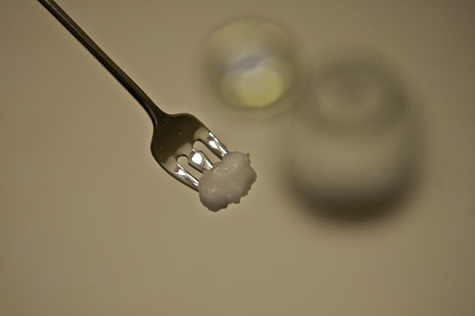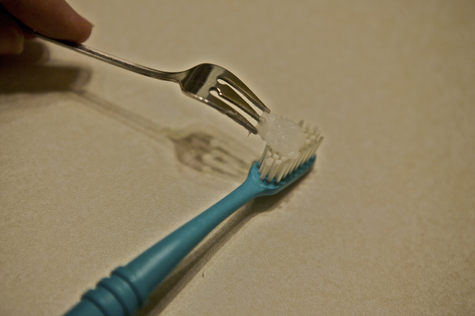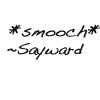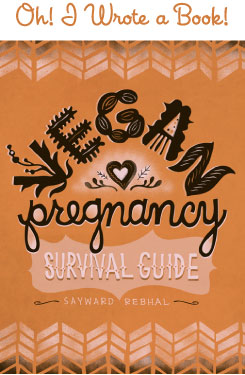
In my continuing quest to rid my life of harsh and harmful chemicals, I’ve been experimenting with another DIY recipe. Traditional cosmetics are so full of nasty toxins, and even the eco-sheik alternatives are not as natural as they may appear. For example, it’s nearly impossible to find a brand of toothpaste – even the seemingly ‘green’ ones – that doesn’t contain sodium lauryl sulfate.
I’m resigned to replacing each of my store-bought products as they run out. You may remember my first foray into kitchen cosmetics, with my homemade deodorant – a resounding success (I’ll never go back!) Just recently I’ve traded my shampoo for ‘no-poo‘, and we’ll see how that all pans out.
So what about the toothpaste?
Just like the deodorant, this recipe centers around baking soda and coconut oil. And of course, it’s crazy cheap and easy to make. It goes like this:
Sayward’s Homemade Toothpaste Recipe
4 tablespoons baking soda
2 tablespoons coconut oil (warmed to liquid state)
3 teaspoons xylitol
15 drops peppermint oil
Mix everything in a small bowl until it forms a uniform paste. Add more peppermint oil 5 drops at a time, tasting as you go, if you like it stronger (I added quite a bit more but I figure this is a good base). Transfer to a small glass jar or storage container with a tight-fitting lid. The toothpaste will keep unrefrigerated for months.

The only thing you may have trouble with is procuring the xylitol. The natural sweetener is excellent for this application, because it actually benefits teeth. Alas, it may be hard to find. It’s available online, but if you want to forgo it you can. Just use a dash of stevia – but just a bit! – that stuff goes a loooong way.

This toothpaste has been working great. Damian and I have been using it for a couple of weeks now, with no complaints. It *did* take a while to adjust to the flavor . . . eek. Sort of hyper-saline and hard on the tongue, but you do get used to it. Consider yourself warned!

And one last note: I’ve come accross a lot of concern regarding the potential for baking soda to damage tooth enamel. Apparently, there is an Abrasive Index for all toothpastes, called the RDA Index, which measures a product’s grittiness. After all, toothpastes are abrasive – that’s how they work! But according to the RDA Index, baking soda is the second least abrasive option, right above plain ol’ water. So no worries!





Pingback: Natural Beauty: A guide to ethical grooming « jevismavieenvert
Pingback: Thieves! | Necessary Strangeness
Pingback: One Month, One Mouth, One Smile: Homemade Toothpaste « Crunchy Can Feel Good
Pingback: Natural Plastic-Free Toothpaste, Tooth Powder, Tooth Soap Ideas… :: My Plastic-free Life
Pingback: DIY Roundup: 5 Homemade Natural Toothpastes - Things To Do Yourself - DIY
Pingback: 12+ Recipes For Making Homemade Toothpaste – Buzztip
Pingback: Toothpaste | At Home